■ Previous GM Sound Source Series
GM Sound Source 01: Ancient GM Sound Sources
GM Sound Source 02: Piano Category
GM Sound Source 03: Chromatic Percussion Category
GM Sound Source 04: Organ Category
GM Sound Source 05: Guitar Category
GM Sound Source 06: Bass Category
GM Sound Source 07: Orchestra Category
GM Sound Source 08: Ensemble Category
GM Sound Source 09: Brass Category
GM Sound Source 10: Reed Category
GM Sound Source 11: Pipe Category
GM Sound Source 12: Synth Lead Category
‘Pad’ refers to sounds that fill the gaps in an ensemble. They are not meant to be the lead sound, but they help create an enveloping atmosphere for the whole arrangement. These sounds often step away from real-world instruments and embrace abstract sounds unique to synthesizers.
In the video below, you can listen to the tones from the TTS-1 synthesizer.
089 000 Fantasia (2 voices) - Range: C2-C7
The sound of the Roland D-50, equipped with LA synthesis, rivals FM synthesis in terms of its sparkling quality. This sound is a blend of soft string-like tones with metallic Crystal-like attacks, something that analog synthesizers couldn’t achieve. FM synthesis struggles with soft pad sounds, so this is a distinctive LA synth sound. This Fantasia is a widely used sound, appearing in train departure melodies, so many people may be familiar with it.

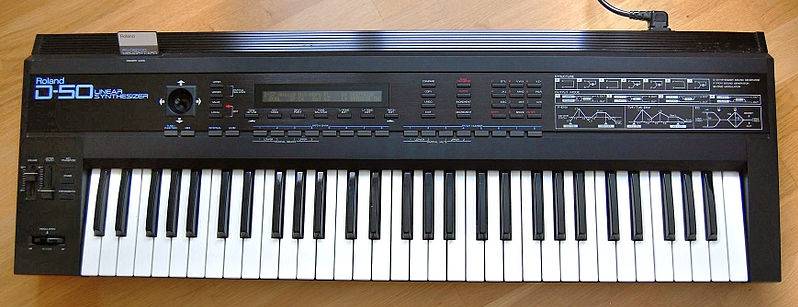
Roland D50, public domain (via Wikipedia)
The LA synthesis uses short sampled PCM waveforms for distinctive attacks, while the rest of the sound is built from basic waveforms. It was a cost-effective solution since it didn't require much memory. Over time, with cheaper memory options, PCM-based sounds became more common, but the creative solutions developed within these constraints are remarkable. The sounds of this era's Roland synths continue to be recognizable today.
090 Warm, Sine
090 000 Warm Pad (1 voice) - Range: C2-C7
Warm Pad is a name often found in many synthesizer presets. The sound tends to follow a consistent pattern. Among abstract names, this sound could be considered a representative example of a well-unified image. When the sound is not based on real instruments, it is convenient to use a name to unify the abstract image, but since there are no strict rules, the interpretations can vary widely.
The TTS Warm Pad has a complex, fluctuating texture, but it appears to be a single voice. It can be seen as an extension of the analog sound of string machines from the 1970s, using division circuits. However, its presence is subdued, and it functions purely as a pad sound without trying to stand out. In an ensemble, it can be quite subtle, so much so that you may not notice it at all, but it has great flexibility and can fit into many different musical scenes. This sound moves away from real instruments and takes its own unique direction.

090 001 Sine Pad (2 voices) - Range: C2-C7
Based on sine waves, this two-voice sound is cyclical, with the wave pattern speeding up as the pitch rises. If Warm Pad is string-like, this one leans more toward an airy, lead-style pad.

091 000 Polysynth (2 voices) - Range: C2-C7
This sound is a two-voice combination of SynStrings and Saw, creating a pad with a powerful, sweeping synthesizer brass-like tone. Although it’s bold and prominent, it doesn’t have the heavy weight of an analog synth. Instead, it has a lighter, cleaner sound. While TTS sounds often have a subtle, neutral character, this one proves to be quite useful in ensemble settings, where its clarity shines.

092 Voice Pad
092 000 SpaceVoice (1 voice) - Range: C2-C7
This is a chorus pad that would be perfect for sci-fi or horror contexts. It’s a sound that’s difficult to achieve with analog or FM synthesis, but the PCM technology, especially from LA synthesis onwards, brings out unique characteristics.

092 001 Itopia (2 voices) - Range: C2-C7
Itopia is a play on Utopia, suggesting an ideal world that’s different from our reality. This sound evokes a sense of a fantastical realm. The Choir Aahs-like choral tones bring a sacred, divine image, and when combined with airy, lead-like elements, it creates a blend that emphasizes an otherworldly atmosphere without feeling too unnatural.

093 000 BowedGlass (2 voices) - Range: C2-C7
The name BowedGlass likely suggests something akin to a glass harp. It has a soft sound with a transparent, metallic resonance. In its sound design, it seems to be layered with an electric piano, which is further processed. By shortening the attack time in the TTS parameters, you can hear the distinct clink sound typical of electric pianos.

094 000 Metal Pad (2 voices) - Range: C2-C7
This sound is a pad with a metallic attack, combined with a slightly swept texture. It seems to be processed from sounds like piano or guitar, but the original source is almost unrecognizable. By manipulating the envelope, you can get a rough idea of what the original sound might have been, though the lower notes also have a cello-like resonance.

095 000 Halo Pad (2 voices) - Range: C2-C7
The Halo Pad combines Choir Aahs and Syn.Strings2 sounds, likely creating a halo-like choral effect. When a choir-like chorus is added, it immediately evokes a sacred, divine image. By layering it with the artificial, sweeping tones of Syn.Strings2, a sense of manufactured, synthetic sound emerges, shifting the sacred imagery to something more ethereal.

096 000 Sweep Pad (1 voice) - Range: C2-C7
As the name suggests, this sound is a heavily swept artificial tone. The term sweep is commonly used in synthesizer terminology, and it refers to a sound that undergoes a sweeping modulation. This is similar to the technique of sweep picking in guitar playing. Essentially, sweep describes a modulated sound that evokes the motion of sweeping with a broom. This sound became a standard after the introduction of analog synthesizers. Though effects like those in electric guitars can achieve a similar effect, the flexibility of synths provides a unique characteristic to this sweeping sound, making it one of the most iconic sounds exclusive to synthesizers, something difficult to replicate with traditional instruments.

The “sound & person” column is made up of contributions from you.
For details about contributing, click here.











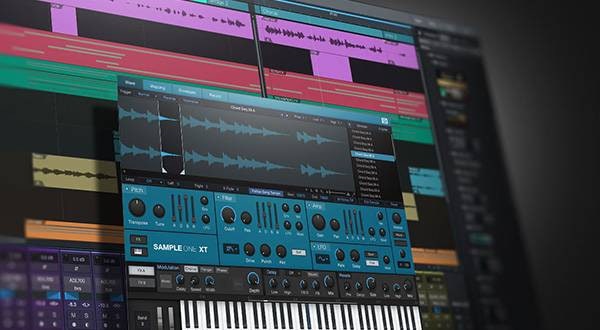
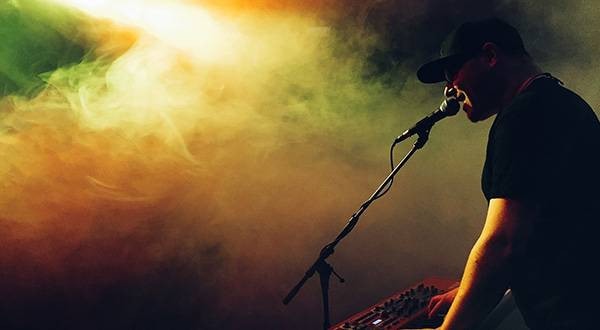
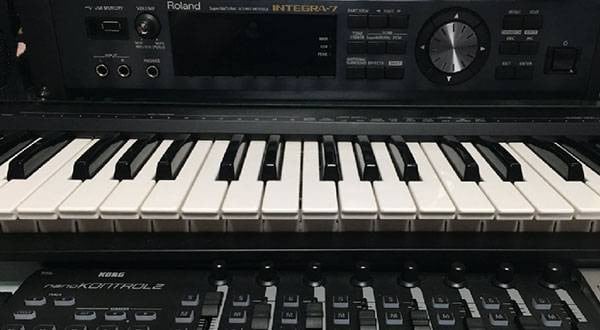
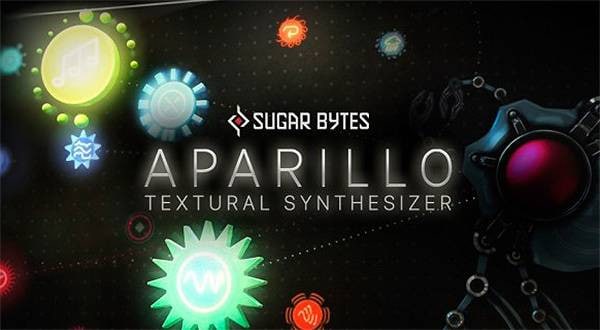

![[2023] Recommended Items for Music Programming - DAW/Software Instruments/Plug-ins](/contents/uploads/thumbs/2/2020/11/20201102_2_11495_1.jpg)
 定番DAWソフトウェア CUBASE
定番DAWソフトウェア CUBASE
 iZotopeが手がけるオールインワンDAW “Spire”
iZotopeが手がけるオールインワンDAW “Spire”
 DTMセール情報まとめ
DTMセール情報まとめ
 DTMに必要な機材
DTMに必要な機材
 DTM・DAW購入ガイド
DTM・DAW購入ガイド















